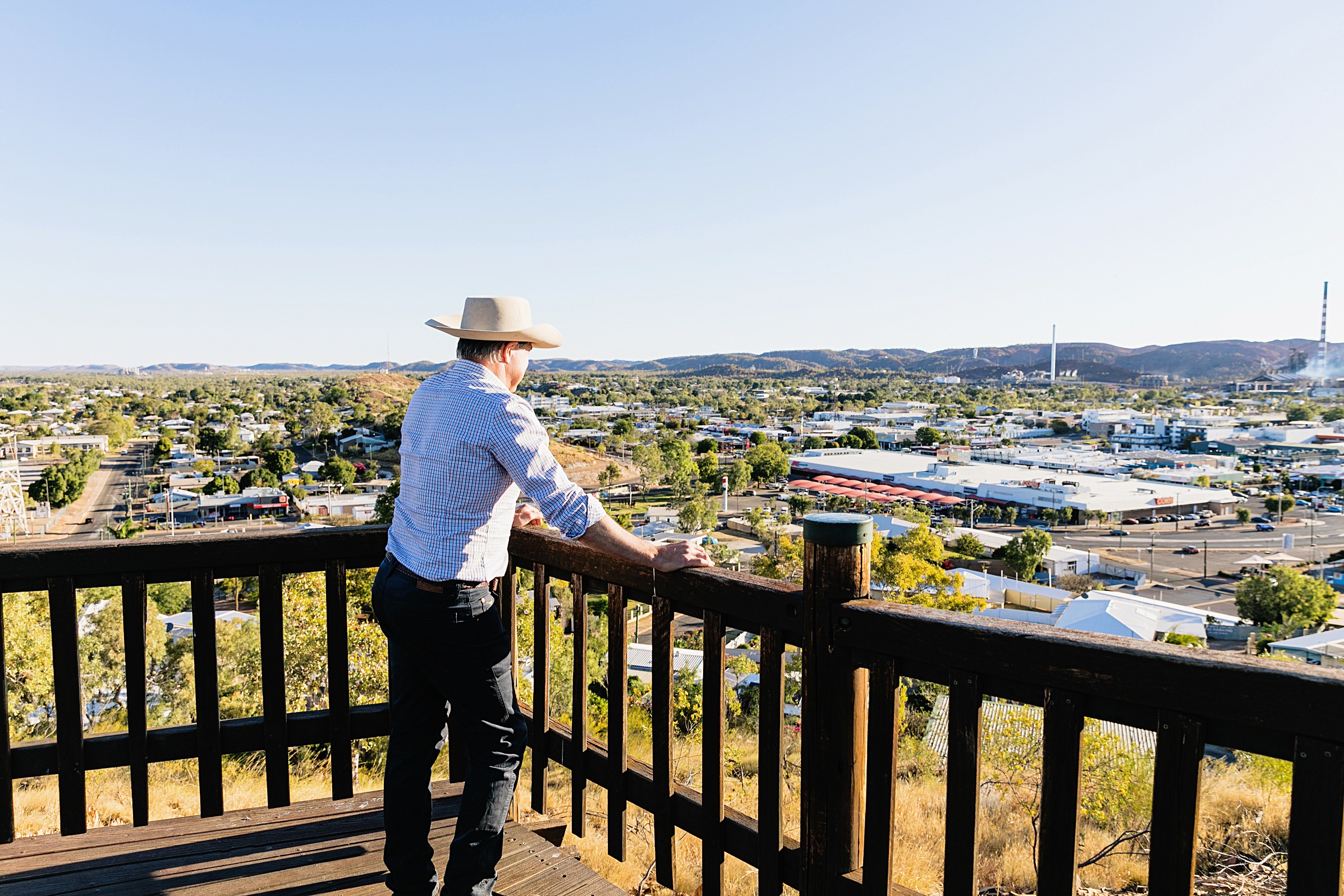
22 Sep OP-ED ON RURAL HOUSING CRISIS
Unable to attend the recent Bush Summit held in Rockhampton, I pondered the lost opportunity to discuss the need for governments to provide solutions to some of the most confronting issues in rural Queensland: housing and finance.
In the major cities – where the housing crisis is also wreaking havoc – the situation in the bush may be “out of sight, out of mind”, however my belief is that addressing this issue in outback Queensland would play a large part in taking the heat out of the situation in the south-east.
I worked in property valuations for 15 years, including owning my own business in North West Queensland before entering politics.
Firstly, we need to address the shortcomings of the First Home Owner Grant.
This scheme is virtually irrelevant to all rural and remote towns in Queensland.
Expanding it to include existing homes could breathe much-needed new life into thousands of old homes in decline in small towns where potential owners cannot justify necessary renovation costs.
Recently it was reported that rural and regional communities across Australia have high percentages of empty dwellings based on Australian Bureau of Statistics data.
For example the small shire of Cloncurry has 55 empty dwellings, equating to 4.9 per cent of all local homes.
In the Isaac shire, home to Moranbah, there are 715 empty homes – 7.9 per cent of dwellings.
I have no data to support this, but anecdotally can surmise that most of these vacant homes are older, and perhaps outdated or rundown.
The cost of delivering a standard modern home in rural and regional towns hovers north of $400,000 but you do not get many sales in these towns over $200,000 and, on the rare occasion someone is willing to buy at the average price, banks are unlikely to lend them the money due to their “perceived risk” – a region-specific practice I refer to as “postcode discrimination”.
Therefore encouraging new home construction in rural and regional areas is irrelevant.
However, if governments allowed first home owners to access an up to $50,000 grant (matched dollar for dollar by the buyer to total an up to $100,000 co-contribution) for the purpose of renovations, this would represent a strong incentive to buy a house.
The town of Hughenden is a good example of how this would work.
It had a population of 1,916 in 1971 and now has a population of 1,113. Not many houses have been bulldozed since hence the town is full of underutilised homes that are unlikely to be upgraded much once existing residents vacate them.
If, however, this scheme was in place, aspiring home owners would see opportunity in taking on an existing home in town and getting some financial benefit. This would enable them not to leave town and become another desperate home seeker in Townsville or the south-east corner. Multiply this example by some 50 small towns in Queensland and you start to deal in some big numbers.
Without action, the south-east corner will continue to become the sinkhole of the state as rural populations depopulate to find something else on the coast.
Secondly, let’s address rural bank lending.
Try going to a major bank in an outback town and ask for a loan. The fact is that most aspirational homeowners in western areas need not bother applying. Trying to buy a $100,000-$200,000 home in a regional town can be just as difficult as it is for their counterparts in the city having to spend over $600,000.
The reason generally is that the big banks are not interested in lending in these towns anymore. You might get something across the line if you are well-healed or have your parents’ backing, but if you are young and moving to a western town, good luck.
These all-too-common rejections have little to do with the long-term viability of the borrower or the town’s future prospects, but everything to do with banks’ willingness to favour loans towards more medium/high density housing in the city rather than those across the Great Divide.
Think about the consequences of this.
If, like most small rural towns now, your patch is struggling to survive and you finally convince a young couple to leave Brisbane to buy the tyre shop in Julia Creek or Charleville, they will inevitably seek to buy business premises or a house. The conversation with the bank will not go well without a strong capital position to start with or some generous parents.
If new people cannot get finance, a town is on the road to Damascus. Access and affordability of capital is the cornerstone of any town economy. There is distinct market failure in this area.
Indeed there are loans being taken out today in western areas, but these are likely to reflect not upon any genuine lending appetite but rather on the significant savings of applicants or the success of their previously established business. There is no “leg up” for you if you wish to live rurally, so to speak.
Christine Holgate as head of Australia Post sought to address this challenge by bolting on a lending arm to rural and regional post offices, as many of these sites already perform transactional activities on behalf of the major banks. In effect this would have created a public bank that acted in opposition to the major private lenders, namely the Big Four.
You can imagine the vested interests that might have fought against this proposal.
My view is if the big banks do not want to look after people in regional and rural Australia and play their part in dealing with this housing crisis, it is time to find somebody who will.

Sorry, the comment form is closed at this time.